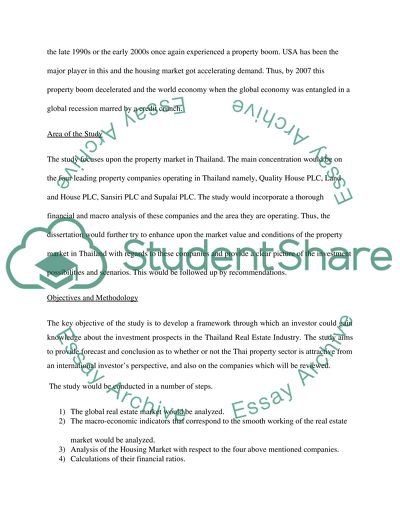Cite this document
(“Industry and Macroeconomic Analysis Dissertation”, n.d.)
Retrieved from https://studentshare.org/family-consumer-science/1417648-industry-and-macroeconomic-analysis
Retrieved from https://studentshare.org/family-consumer-science/1417648-industry-and-macroeconomic-analysis
(Industry and Macroeconomic Analysis Dissertation)
https://studentshare.org/family-consumer-science/1417648-industry-and-macroeconomic-analysis.
https://studentshare.org/family-consumer-science/1417648-industry-and-macroeconomic-analysis.
“Industry and Macroeconomic Analysis Dissertation”, n.d. https://studentshare.org/family-consumer-science/1417648-industry-and-macroeconomic-analysis.


